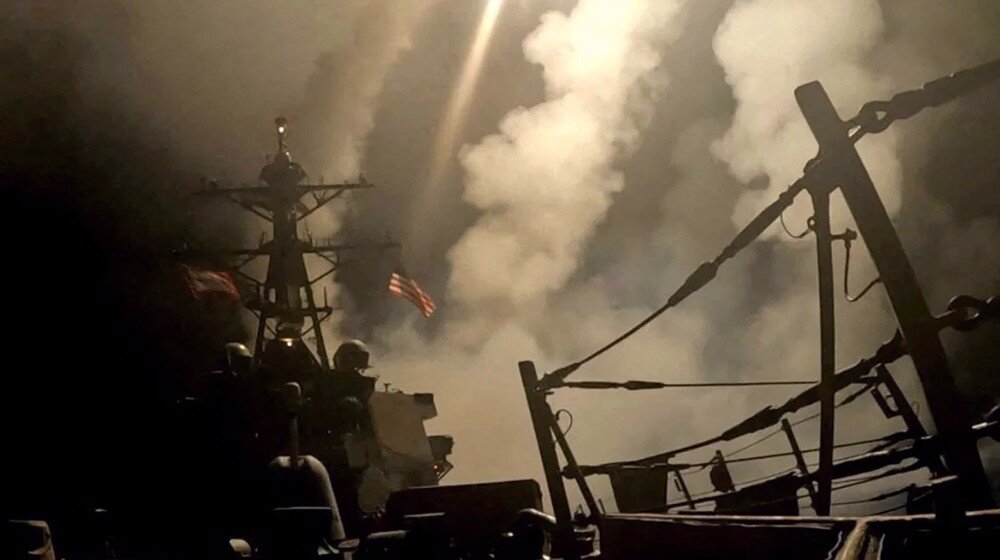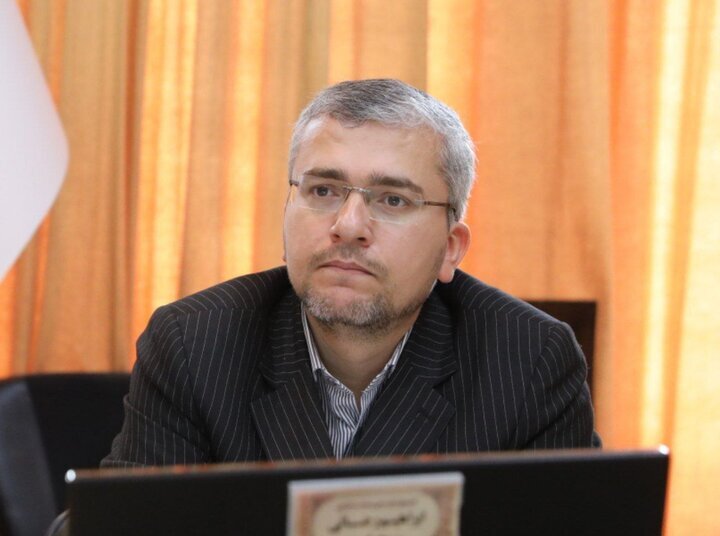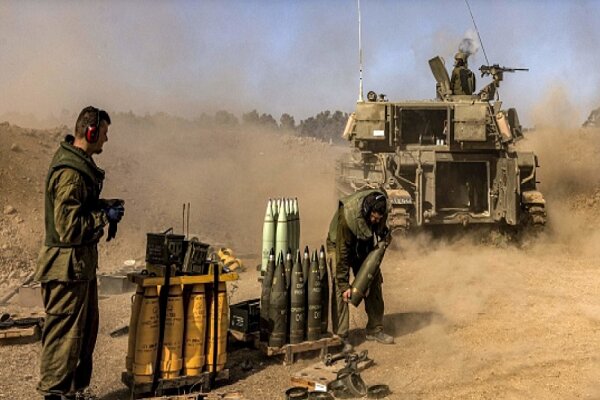US Invests $1 Billion in Yemen Offensive: Unveiling Limited Impact and Results
The recent escalation in military operations in Yemen has attracted considerable attention, particularly regarding the actions taken by the United States military. According to CNN, these operations began on March 15 and have already utilized hundreds of millions of dollars in advanced munitions against Yemen’s armed forces, which include long-range cruise missiles and precision-guided bombs.
Sources indicate that the US has deployed B-2 bombers from Diego Garcia, a British-administered atoll, to target Yemeni military positions. Furthermore, plans are in place to move additional aircraft carriers, fighter squadrons, and air defense systems into the Central Command region to enhance operational capabilities.
One source remarked, “They’ve taken out some sites, but that hasn’t affected the Houthis’ ability to continue shooting at ships in the Red Sea or shooting down US drones.” This statement underscores the resilience of Yemen’s Ansarullah resistance movement, which continues to operate despite ongoing military efforts against them.
Another source highlighted concerns regarding the sustainability of these military operations, stating, “Meanwhile, we are burning through readiness—munitions, fuel, deployment time.” This raises questions about the long-term viability of US military actions and the potential need for additional funding from Congress to sustain the campaign. However, bipartisan criticism has emerged, complicating any future financial requests for military operations in Yemen.
Even Vice President JD Vance expressed skepticism about the military strategy, describing it as “a mistake” in a recent Signal chat published by The Atlantic. Despite the lack of public disclosure from the Pentagon regarding the efficacy of daily strikes, it has been acknowledged that the Yemeni resistance has continued to strengthen its defenses and maintain substantial stockpiles of weapons.
In a speech on Friday, Ansarullah leader Abdul-Malik al-Houthi emphasized the futility of the US military actions, stating that the intensified aggression has not hindered Yemeni resistance operations aimed at supporting Palestinians facing a prolonged conflict in Gaza. Houthi asserted, “The US aggression on Yemen, which exceeded 90 attacks on some days, has failed to stop the military operations supporting the Palestinian people, nor has it been able to protect Israeli navigation in the Red Sea, the Gulf of Aden, and the Arabian Sea.”
Following the onset of the Israeli conflict in Gaza in October 2023, Yemeni forces initiated solidarity operations targeting Israeli positions and vessels. This marked a significant escalation in their military engagement in the region.
- Yemeni forces began strikes against Israeli targets in solidarity with Palestinians.
- The US formed a maritime task force in December 2023 to protect shipping routes to Israeli-occupied territories.
- Yemeni forces increased attacks on strategic US and Israeli military assets in response to US support for Israel.
- Strikes were paused in support of a ceasefire that took effect on January 19 but were resumed following its violation by Israel.
This situation reflects the complex dynamics of the region, where US military involvement continues to provoke responses from Yemeni forces. The ongoing conflict not only impacts Yemen but also has broader implications for regional stability and international relations.
As the situation unfolds, it remains essential to monitor the developments closely. The resilience of the Yemeni resistance, coupled with international diplomatic efforts, will play a crucial role in shaping the future of the conflict and the humanitarian situation in both Yemen and Palestine.
In summary, the escalation of US military operations in Yemen highlights the challenges faced by the Pentagon in achieving its objectives against a determined and resourceful resistance. Continued scrutiny from both political leaders and the public will be vital in assessing the ongoing military strategy and its implications for the region.






